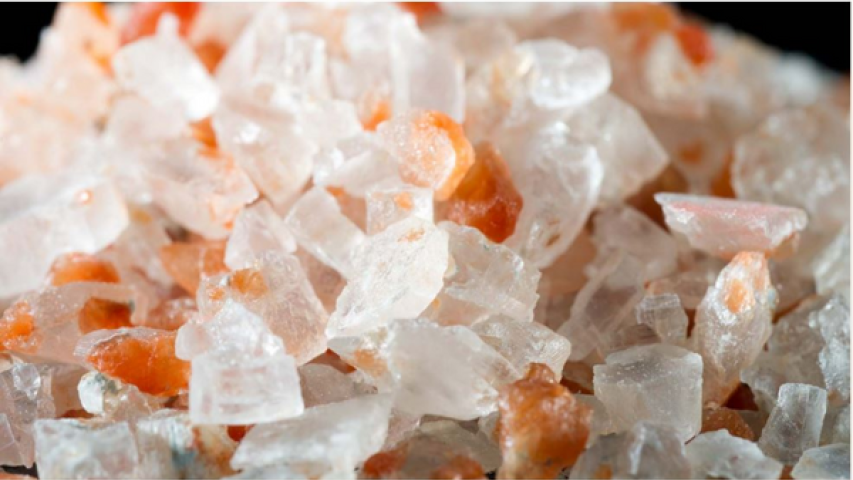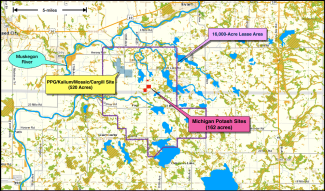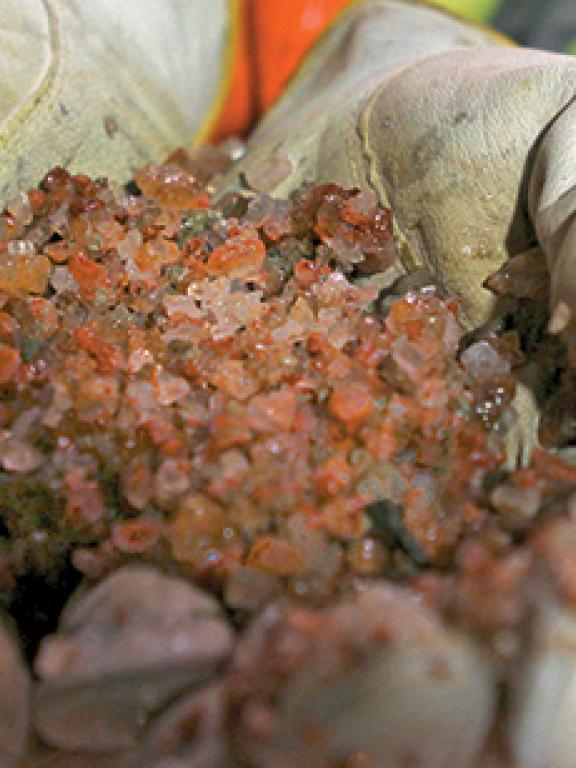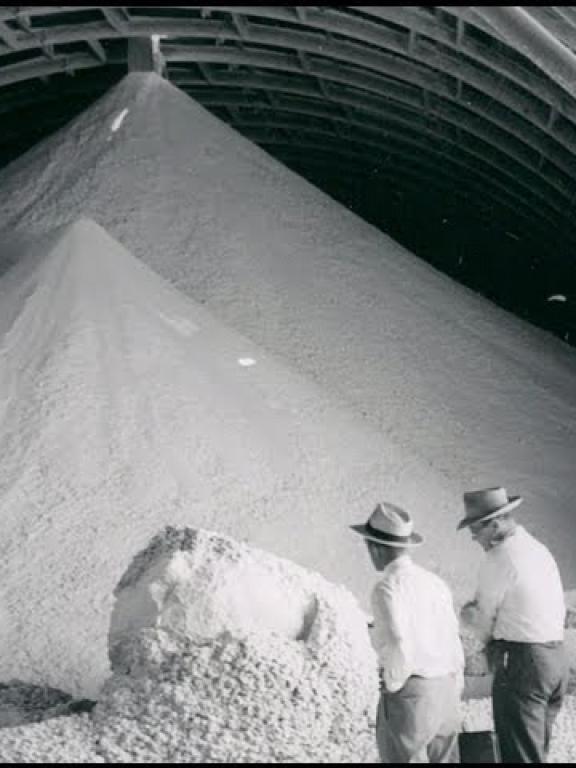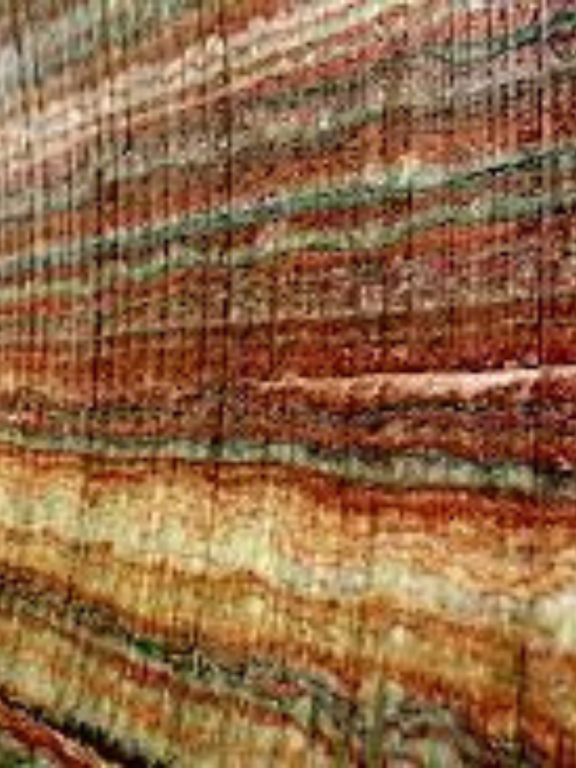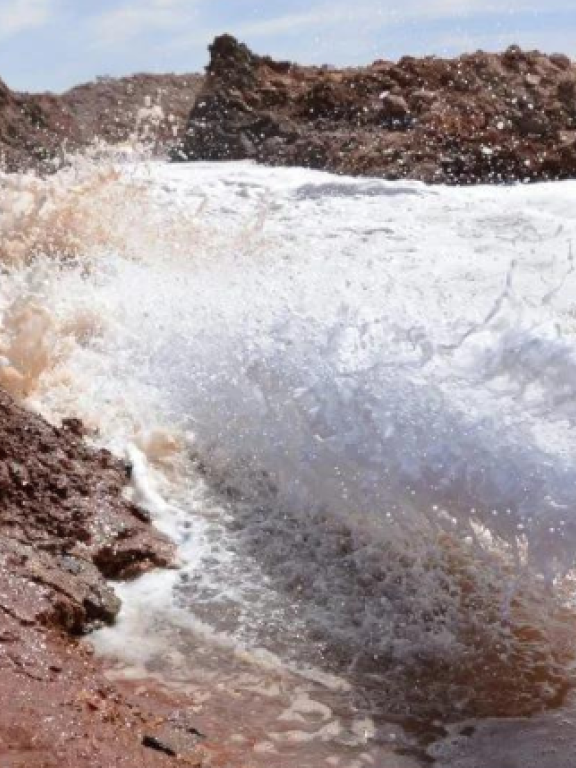- Michigan Potash subsequently purchased a much smaller site nearby, onto which it hopes to squeeze an operation almost 8 times larger than the original one. Locating near the prior mine offered several potential advantages:
- The company could avoid sinking millions of dollars into drilling deep exploratory wells (which PPG had already done).
- It might be possible to avoid doing costly environmental testing, studies, and assessment work by “recycling” those done by PPG almost 40 years earl
[ Unfortunately, the DEQ, when presented with those old studies, maps, tables, etc., failed to notice (or possibly didn’t care) that Michigan Potash had neglected to include any surface information or hydrogeological testing or studies pertaining to its own site, which differs dramatically from the old PPG site. This lack of oversight likely resulted, in part, from chronic underfunding at the DEQ, coupled with its well-established pro-development stance. ]
- Both the EPA & DEQ accepted the substituted PPG information, despite the fact that:
- a) It pertains to a site which differs significantly in both topography & hydrogeology.
- b) The data does not reflect recent precipitation patterns.
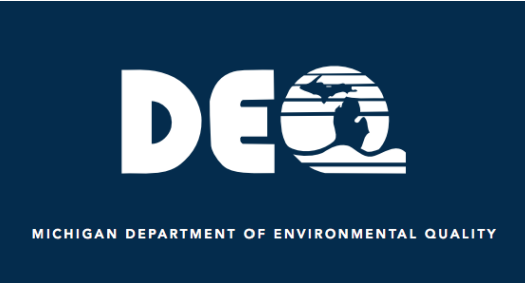
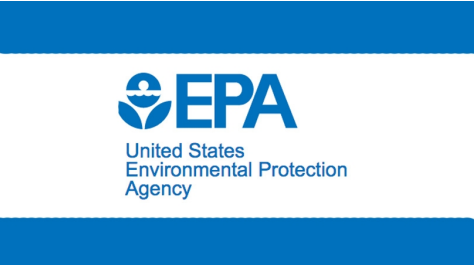
“We figure that by the time these companies come to us, they’ve done all their homework. We usually just go ahead and issue permits. If problems come up in the future, we’ll deal with them then.”
— Mel Kiogima, Sr. Geologist, Michigan DEQ
Discussing Michigan Potash Project
2/1/17
In 1985, as now, there was much excitement over a coming “potash-boom”
…with expectations of growth generated by jobs and royalty payments to landowners. A relatively small number of jobs were created, but local landowners never received significant royalties. Area population actually declined to the point that the local school was permanently shut down.
MPSC officials talk of their involvement in “rediscovering” this potash deposit (in spite of it having been mined up until 2013). They go on to point out that Mosaic (the last company to try its hand at mining this) made a huge blunder by allowing thousands of acres of mineral leases to lapse. (These lands were subsequently re-leased by MPSC.)
Mosaic is one of the world’s largest and most experienced mining companies, and mineral leases are central to everything they do. It’s incomprehensible that they would make such an amateurish mistake.
So the question becomes: Would Mosaic intentionally give up leases on a deposit of “the world’s purest potash ore” and leave it sitting for someone else to “snap up” to become the largest potash producer in the United States? A much more plausible explanation is that Mosaic, with the benefit of its vast experience and access to exploratory well data, simply decided what was worth keeping and what was not.

